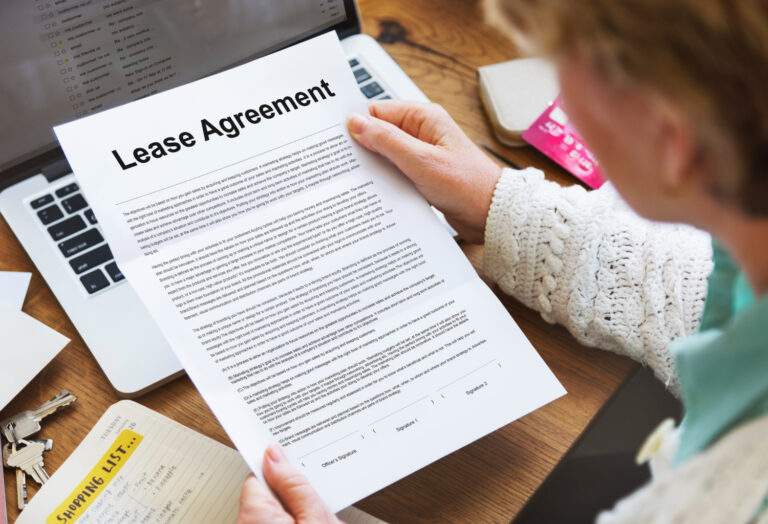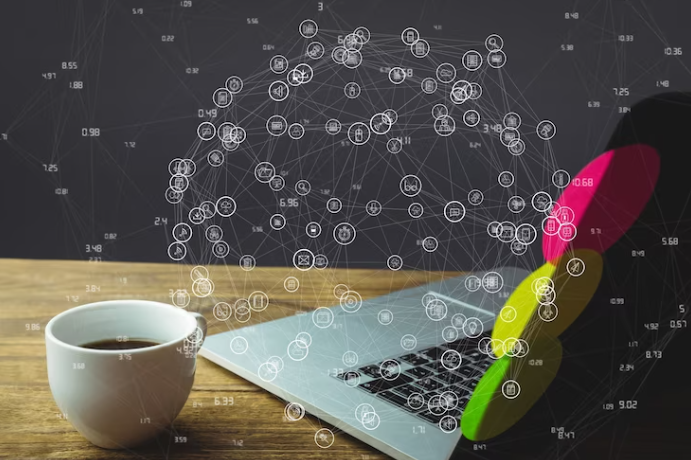Making a good first impression is important in today’s connected world, whether it’s in a professional or personal setting. A well-written letter of introduction is one practical approach to introduce yourself and create significant relationships. This article will walk you through the steps of writing an impactful letter that will stick with the reader.
- Define Your Purpose
Before diving into writing, clearly define your purpose for the letter. Are you seeking new employment opportunities, networking with industry professionals, or exploring potential collaborations? Knowing your objective will help you tailor your letter to the specific audience and maximize its effectiveness.
- Research Your Audience
To ensure your letter resonates with its recipients, take the time to research and understand their background, interests, and values. This knowledge will enable you to customize your introduction, highlight shared interests, and establish a meaningful connection.
- Structure Your Letter
Begin your letter with a professional and engaging salutation, addressing the recipient by name if possible. Introduce yourself briefly, stating your name, background, and any relevant accomplishments or experiences. Then, articulate your purpose clearly and concisely, highlighting what you hope to achieve through the letter.
- Showcase Your Value
Focus on showcasing your unique value proposition and what sets you apart. Highlight your skills, expertise, and achievements that are relevant to the recipient’s needs or interests. Emphasize the benefits of engaging with you and how you can contribute to their goals or organization.
- Demonstrate Genuine Interest
Express genuine interest in the recipient’s work, achievements, or initiatives. Refer to specific projects, articles, or events that caught your attention and explain why they resonate with you. Showing that you have done your homework will demonstrate your enthusiasm and dedication.
- Keep it Concise and Engaging
While it’s essential to include relevant information, be mindful of keeping your letter concise and to the point. Use a friendly and conversational tone to maintain engagement. Avoid using jargon or excessive technical terms that might confuse or alienate the reader.
- Call to Action
End your letter with a clear call to action. Whether it’s requesting a meeting, seeking further discussion, or suggesting a potential collaboration, provide a clear next step for the recipient to take. Make it easy for them to respond and express their interest in continuing the conversation.
- Proofread and Edit
Before sending your letter, proofread it meticulously for grammar, spelling, and formatting errors. Ensure that it flows smoothly and effectively communicates your intended message. A well-polished letter reflects your professionalism and attention to detail.
- Follow Up
After sending your letter, be proactive in following up with the recipient. Give them some time to respond, but if you haven’t heard back, a gentle and polite follow-up message can remind them of your initial communication and demonstrate your continued interest.
- Personalize Your Approach
Avoid using generic templates or a one-size-fits-all approach. Personalization is key to making your letter stand out. Customize each letter to reflect the recipient’s interests, values, and specific needs. This level of personalization demonstrates your attention to detail and genuine interest in establishing a meaningful connection.
- Highlight Mutual Connections
If you have any mutual connections with the recipient, mention them in your letter. Mutual connections can serve as powerful references and help establish immediate credibility. Be sure to seek permission from your connections before mentioning their names and explain how they have influenced or inspired you.
- Include Supporting Materials
If applicable, consider attaching or including links to additional supporting materials, such as your resume, portfolio, or relevant samples of your work. This provides the recipient with tangible evidence of your skills and accomplishments and helps them gauge your suitability for their needs.
- Show Enthusiasm and Passion
Inject enthusiasm and passion into your letter. Convey your genuine excitement about the opportunity to connect or collaborate. Passion is contagious and can create a positive impression, showing the recipient that you are dedicated and committed to what you do.
- Maintain Professionalism
While it’s essential to show personality and enthusiasm, remember to maintain a professional tone throughout your letter. Avoid using overly informal language or being too casual in your approach. Strike the right balance between professionalism and friendliness to create a favorable impression.
- Adapt for Different Platforms
Letters of introduction are not limited to traditional printed or email formats. Depending on the context, you may need to adapt your introduction for platforms like LinkedIn, social media, or online networking events. Pay attention to the specific conventions and norms of each platform to effectively introduce yourself.
- Seek Feedback
Before finalizing your letter, seek feedback from trusted colleagues, mentors, or friends. They can provide valuable insights, catch errors you may have missed, and offer suggestions to improve the overall impact of your introduction. Don’t be afraid to revise and iterate until you feel confident in the final version.
- Maintain a Positive Attitude
Keep in mind that not everyone will respond positively or immediately to your letter of introduction. Rejection or lack of response should not deter you. Stay positive, resilient, and continue seeking opportunities to connect and make an impact. Each introduction is a learning experience that can lead to new possibilities down the road.
A well-crafted letter of introduction can be a powerful tool in establishing connections, advancing your career, and opening doors to new opportunities. By personalizing your approach, showcasing your value, and maintaining professionalism, you can create a letter that captivates readers and paves the way for fruitful relationships. Remember, your letter is an invitation to engage, and how you present yourself can make a lasting impression on the recipients.







